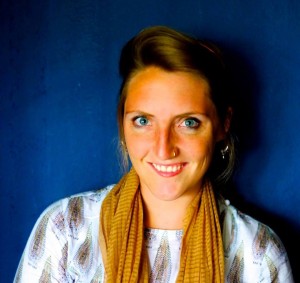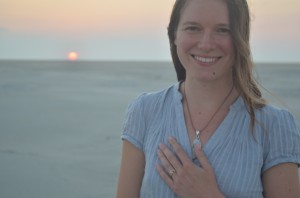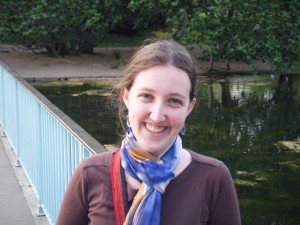This post is written in conjunction with the “Religion and Law in the U.S.” course dialogue project and is directed by Grace Yia-Hei Kao.
There’s an old saw about prayer in schools which seems to have originated among liberal politicians in the 1980s: As long as there are final exams, there will be prayer in schools. Apart from its sly attempt at humor, the line also reveals distinct understandings about prayer. The form of prayer brought on by exams is an individual one, even though most “school prayer” is actually in the form of a group prayer. While the quip about final exams might be a good sound bite, it describes a form of “school prayer” which has never been in question by the courts.
In almost every Supreme Court decision that dealt with school prayer, the prayer at issue was a group prayer performed by a school official. In the landmark case of Engel v. Vitale 370 US 421 (1962), the court ruled teacher led prayer, which began the school day in New Hyde Park, NY, as violating the First Amendment’s establishment clause. This proscription was extended to clergy led prayers at public high school graduation ceremonies in Lee v. Weisman 505 US 577 (1992). Student led prayers before high school football games were declared unconstitutional in Santa Fe Independent School District v. Doe 530 US 290 (2000).
None of those cases were unanimous, and it would be wrong to assume that there was broad consensus that these prayers are unconstitutional. More importantly, the ultimate ruling is beside the point I am trying to make. What’s striking is that the only form of prayer in schools that the Courts can consider in any meaningful way is group prayer. It seems obvious that a good reason for this is the fact that a governmental prohibition on individual prayer would be a violation of the First Amendment’s free exercise clause. Another explanation for the court’s exclusive examination of group prayers, though, is that the court is actually attempting to avoid making religious and theological pronouncements.
Religious arguments and legal arguments for prayer in school are inherently different, but what is most remarkable is the fact that the two arguments are not even operating under the same premises. The legal arguments around school prayer boil down to whether or not students are “forced to pray,” who leads the prayer, and where the prayers are located. When content is discussed, it is more about whether or not the prayer is “nondenominational” or not, and such arguments have essentially been relegated from the main discussion. The legal arguments are really about the mechanics of government approaches to religion, which must be concerned with neutrality and minutia.
None of this is how the religious ever actually talk about prayer. Prayer can be seen as communion with the divine, a plea for help, or even just a token of thanks. Even prayers which are highly systematized and ordered, such as the Catholic rosary, are focused on the believer’s access to particular mysteries. The regular group prayers of Mosques are public prayers, but for Muslims they are a way to serve God. For a religious person, prayer is a matter of accessing the divine for any number of reasons.
This dichotomy between the Judicial approach to prayer in schools and the religious conversation about prayers reveals something quite important regarding case law on religion. The United States Judicial System is 1) forbidden to establish religion, and 2) built around secular, Western ideas of the role of government. The courts would never want to decree theological judgments or stake out religious values. While historically courts have shown religious prejudice at times (see Everson v. Board of Education 330 US 1 (1947)), they also have consistently sought to leave religion as a matter of individual conscience.
In other words, the courts rarely talk about religion even when deciding religion cases. Reynolds v. United States 98 US 145 (1878) is superficially about the legality of Mormon polygamy, but the opinion by Chief Justice Morrison Waite mostly discusses the validity and boundaries of laws. Everson v. Board of Education officially is about whether government money can be given to parents of parochial schoolchildren for transportation. The justices mostly discuss taxation. The Church of Lukumi Bablu Aye v. City of Hialeah 508 US 520 (1993) is a case concerning laws prohibiting Santeria slaughter of animals, yet the court mostly deals with the ramifications of a law which targets a specific group of people.
This avoidance of discussing religion directly might actually be beneficial for the courts. The backlash to school prayer decisions is probably enough evidence to show that when the courts affect religion in any way, someone will be upset. The dichotomy between the legal and religious approach to issues regarding law and religion, though, means that there will always be two conversations on every issue.
William H. Floyd is a second year MA student with interests in American religion at Claremont School of Theology.











